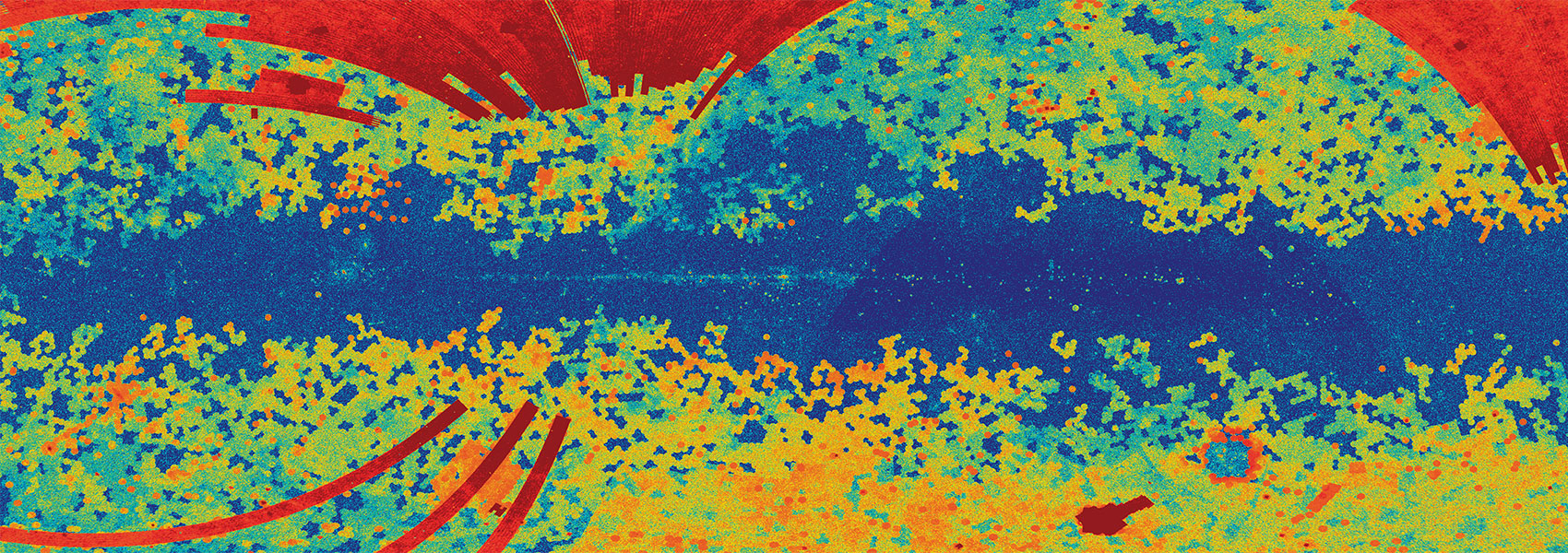April
2005
•
2005IJIMW..26..505M
Authors
•
Murphy, J. A.
•
Gleeson, E.
•
Cahill, G.
•
Lanigan, W.
•
O'Sullivan, C.
•
Cartwright, E.
•
Church, S. E.
•
Hinderks, J.
•
Kirby, E.
•
Thompson, K.
•
Rusholme, B.
•
Gear, W. K.
•
Maffei, B.
•
Ade, P. A. R.
•
Tucker, C.
•
Jones, B.
Abstract
•
In this paper we report on the design and validation process for the profiled corrugated horn antennas, which feed the bolometer array of a cosmology experiment known as QUaD located at the South Pole. This is a cosmic background radiation polarization project, which demands precise knowledge and control of the optical coupling to the signal in order to map the feeble E- and B-polarization mode structure. The system will operate in two millimeter wavelength bands at 100 and 150 GHz. The imaging horn array collects the incoming signal via on-axis front-end optics and a Cassegrain telescope, with a cold stop in front of the array to terminate side-lobe structure at an edge taper of ‑20dB. The corrugated horn design process was undertaken using in-house analytical software tools, based on modal scattering, specially developed for millimeter -wave profiled horn antennas. An important part of the instrument development was the validation of the horn design, in particular to verify low edge taper levels and the required well-defined band edges. Suitable feed horn designs were measured and were found to be in excellent agreement with theoretical predictions.
Links



